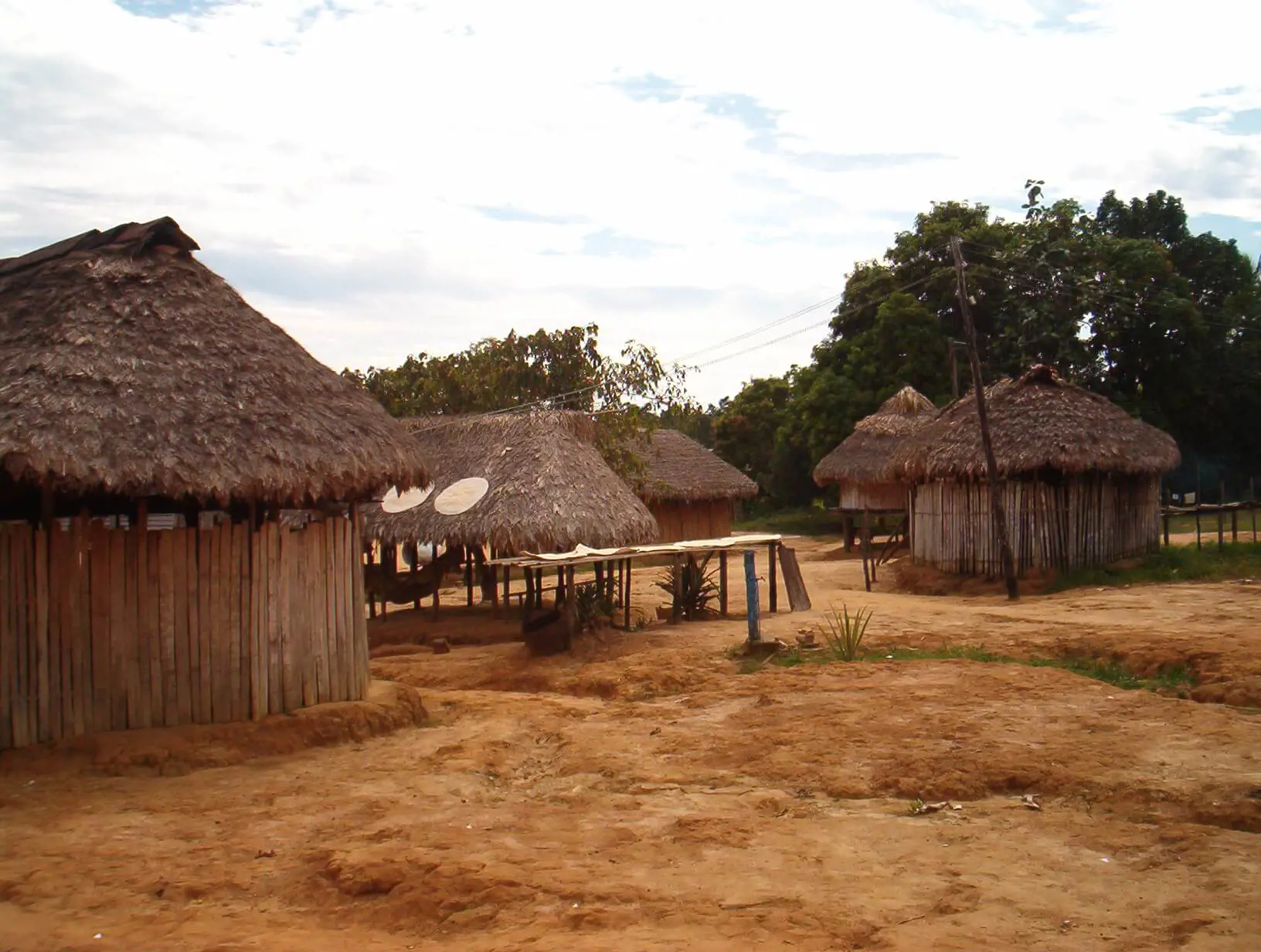SRK South Africa undertook a comprehensive Environmental and Social Impact Assessment (ESIA) of a major bauxite project in Suriname, between 2005 and 2008. The client proposed to mine bauxite in the mountains of western Suriname, and to transport it by train and barge to a refinery in the north-east of the country. The project entailed two ESIA processes, for mining and transport. The ESIAs were guided by the Performance Standards of the International Finance Corporation (IFC).
A comprehensive consultation process was an element of the ESIA assignments. Among others, the consultation involved communities of indigenous Amerindian people: in particular three neighbouring villages of Arowak Amerindians and a nearby community of Trio Amerindians, located some 75km from the exploration area and along the proposed transportation route.
In recognition of good practices for consultation and disclosure, and of the particular requirements of consultation with indigenous peoples, SRK implemented a process with the following characteristics:
• Consultation and disclosure was carefully planned, and guided by detailed Public Consultation and Disclosure Plans (PCDPs), which were regularly updated.
• To ensure community access to ESIA reports, the documents were produced in English and Dutch (Suriname’s official language). Non-technical summaries and Background Information Documents (BIDs) with minimal text and many pictures and graphics were prepared and widely circulated. A BID was also produced in Trio. Over 12 000 copies of some 28 project documents were distributed, the majority being summaries.
• An overview document setting out the interrelationships between all of the documents was produced and distributed. In addition, a document review roadmap was circulated to assist readers to review the ESIA documents by indicating where the important information would be found.
• The ESIA process allowed the communities a preview period of 30 days prior to consultation meetings and 30-day comment periods after the meetings. Comment boxes were placed in the affected communities to facilitate the submission of written comments.
• Capacity building for consultation was undertaken where appropriate. When key ESIA documents were distributed, meetings were held with community leaders to explain their content. Local community members were trained to distribute non-technical summaries to households and to ensure that the information was understood. Translated posters summarising consultation presentations complemented the technical ESIA documents distributed.
• In one of the consultation rounds, after draft ESIRs and management plans were distributed, information workshops were held in the villages to explain the technical content of the reports. The objective was to optimise engagement at the forthcoming consultation meetings.
• More than 60 meetings were held with the leaders and/or inhabitants of the Amerindian villages. These comprised information meetings, planning discussions and consultations. Interpreters were present at meetings to translate between English and Sranan Tongo (the local lingua franca) and, where required, between Sranan Tongo and Trio.

